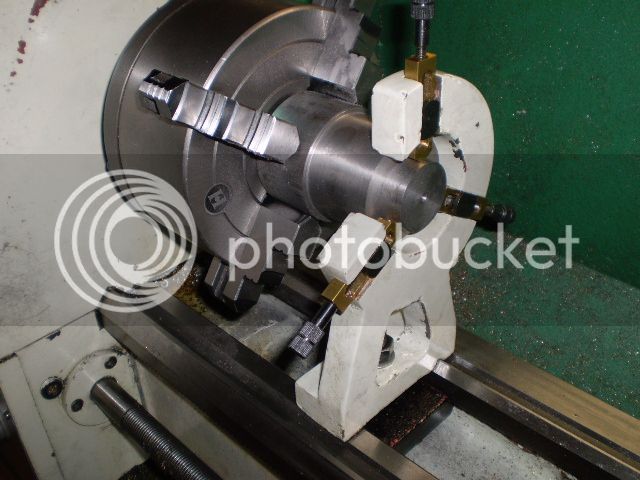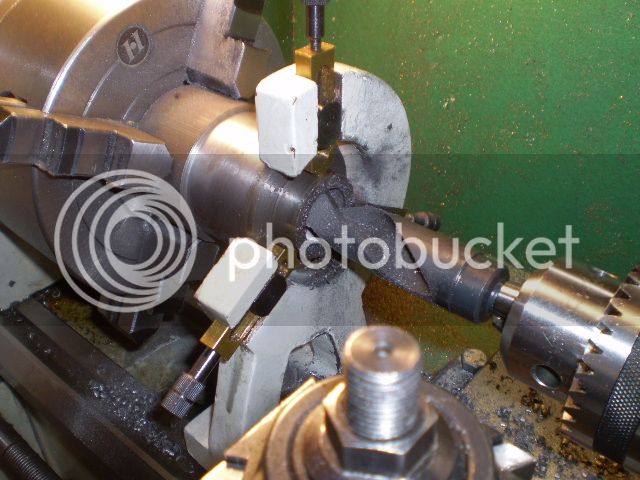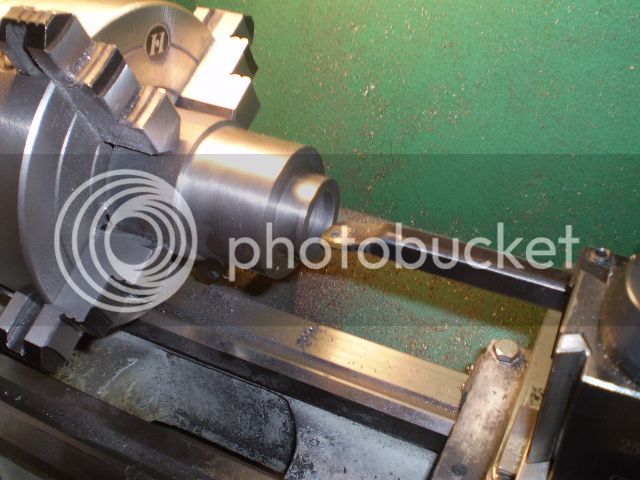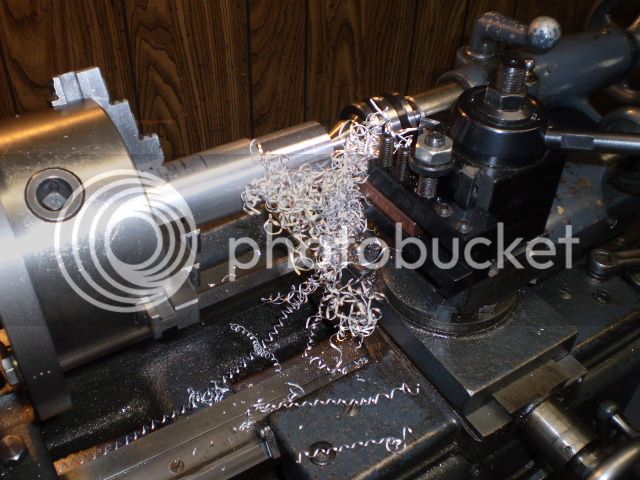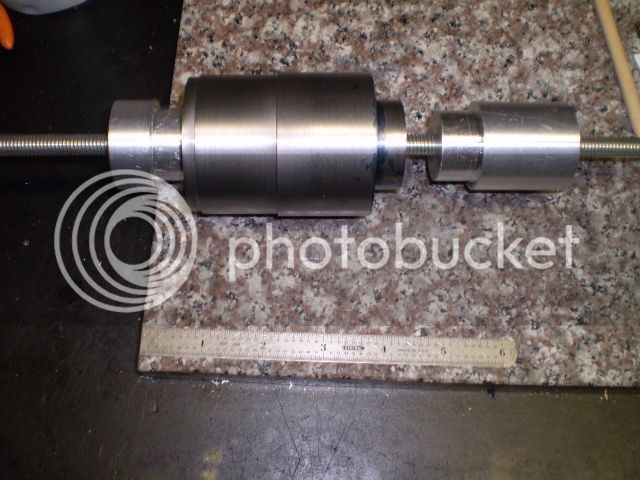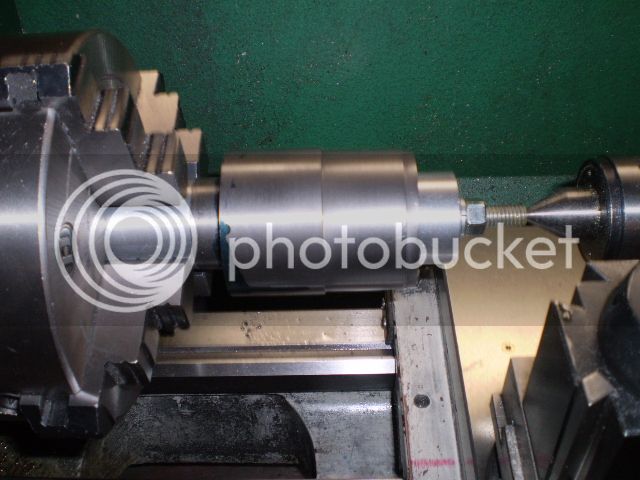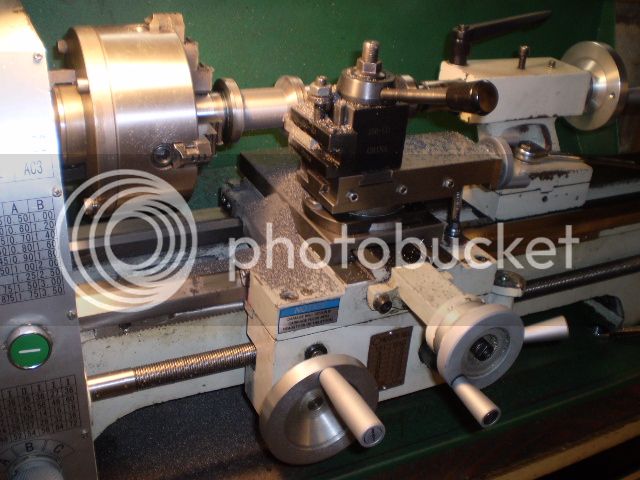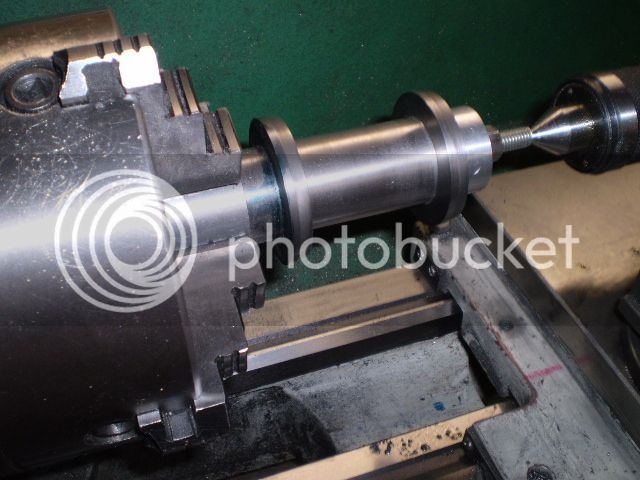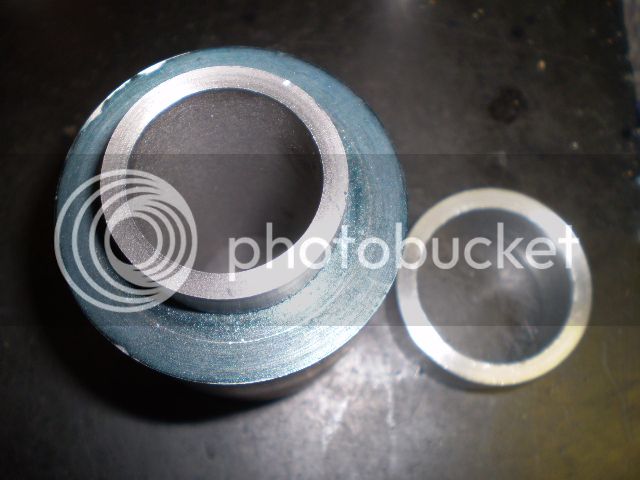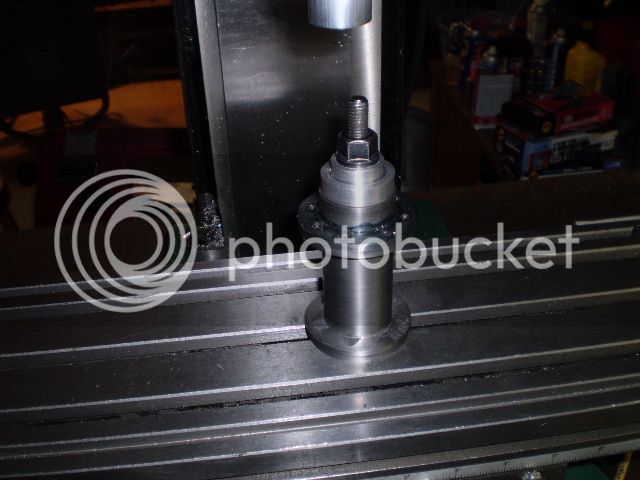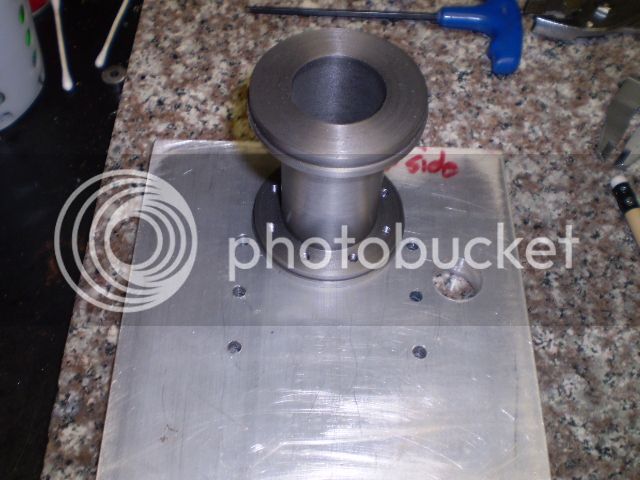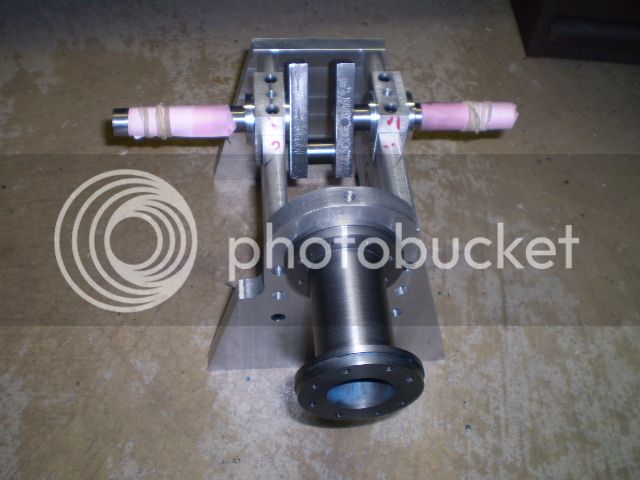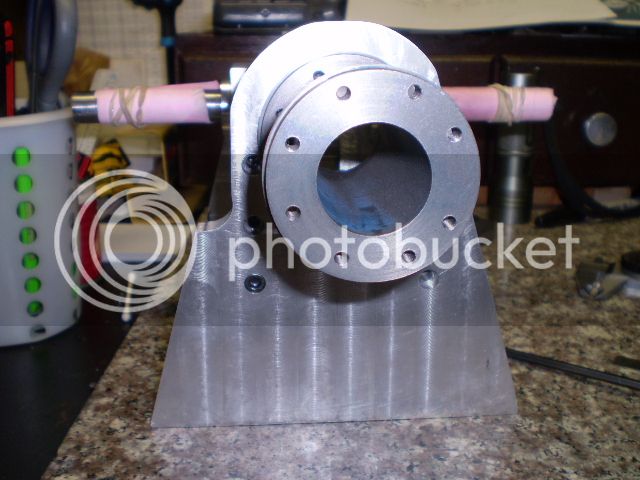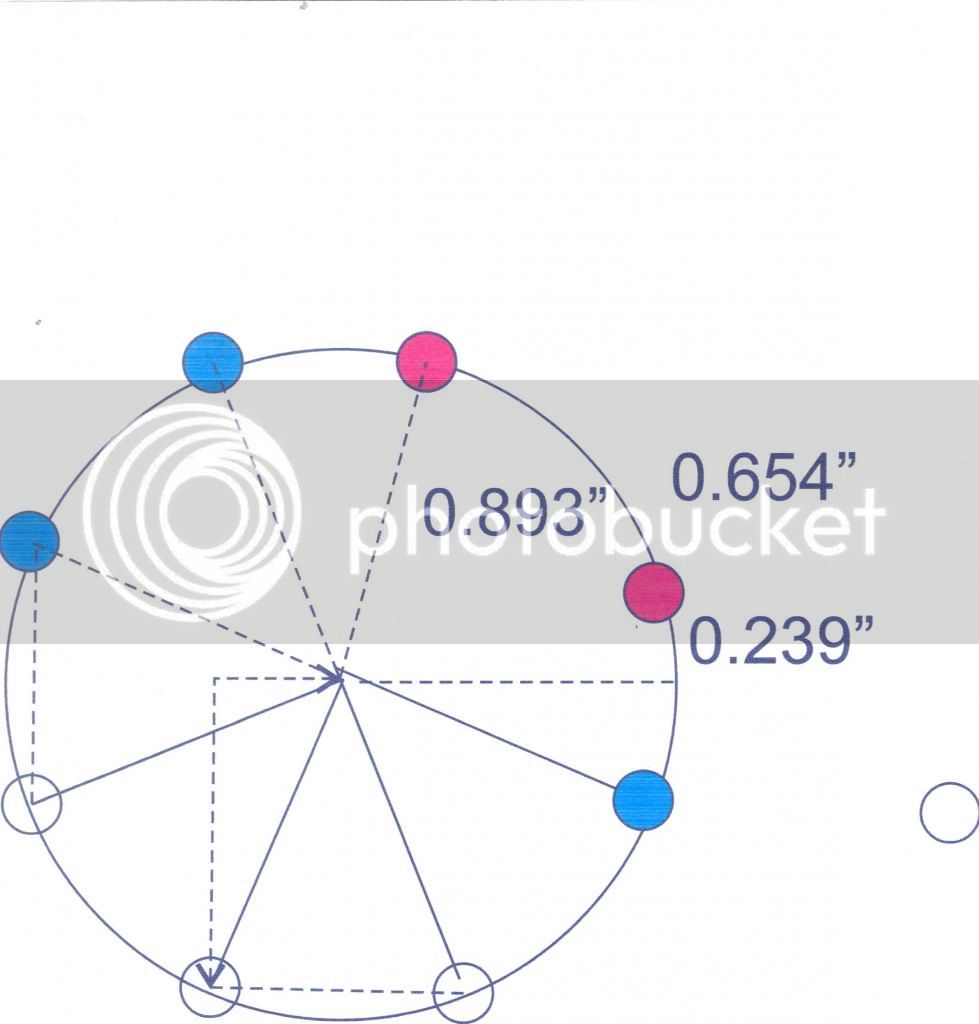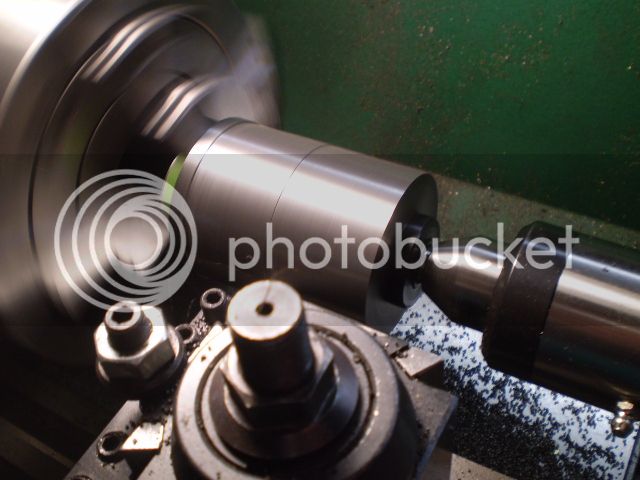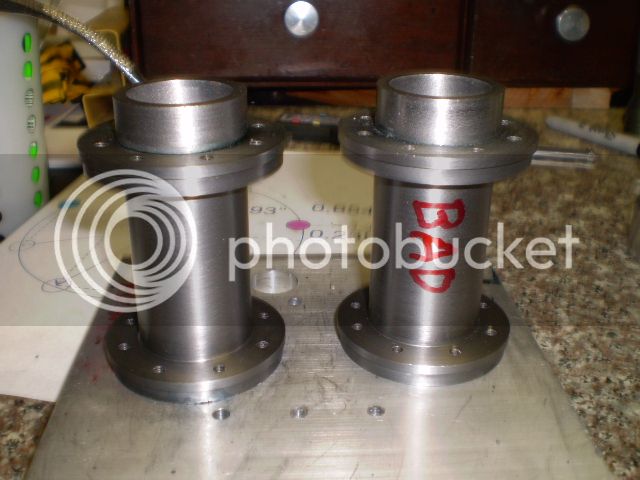AussieJimG
Well-Known Member
- Joined
- Oct 17, 2010
- Messages
- 890
- Reaction score
- 118
Hi Phil,
In the words of Crocodile Dundee: "THOSE are pins!"
I used 1/8" pins on one of my crankshafts that I Loctited (green either 638 or 690) and then tried to improve the runout with a hammer (as you do). And that's when it fell apart.
It is Triumph as in motorcycle. I am about to put it on the market and want to get in a few farewell rides.
Jim

In the words of Crocodile Dundee: "THOSE are pins!"
I used 1/8" pins on one of my crankshafts that I Loctited (green either 638 or 690) and then tried to improve the runout with a hammer (as you do). And that's when it fell apart.
It is Triumph as in motorcycle. I am about to put it on the market and want to get in a few farewell rides.
Jim







